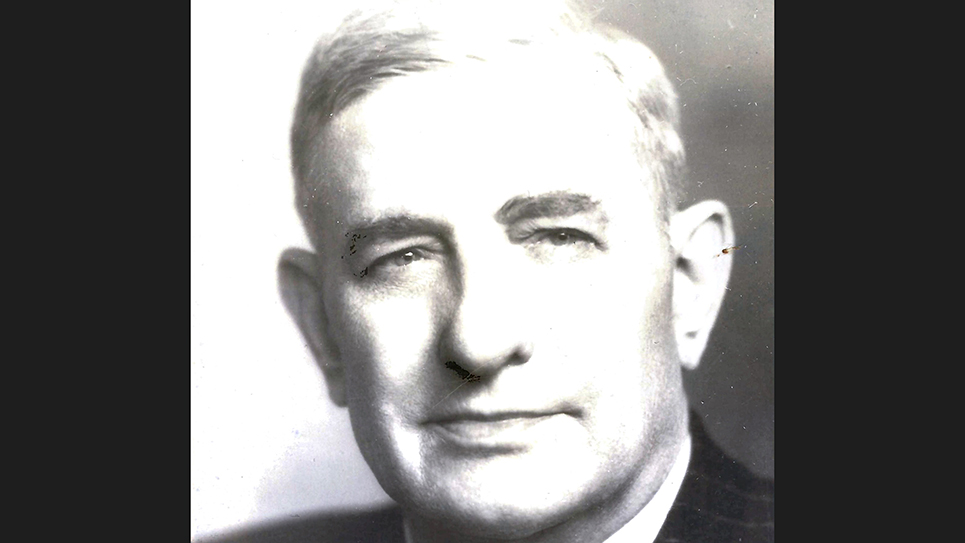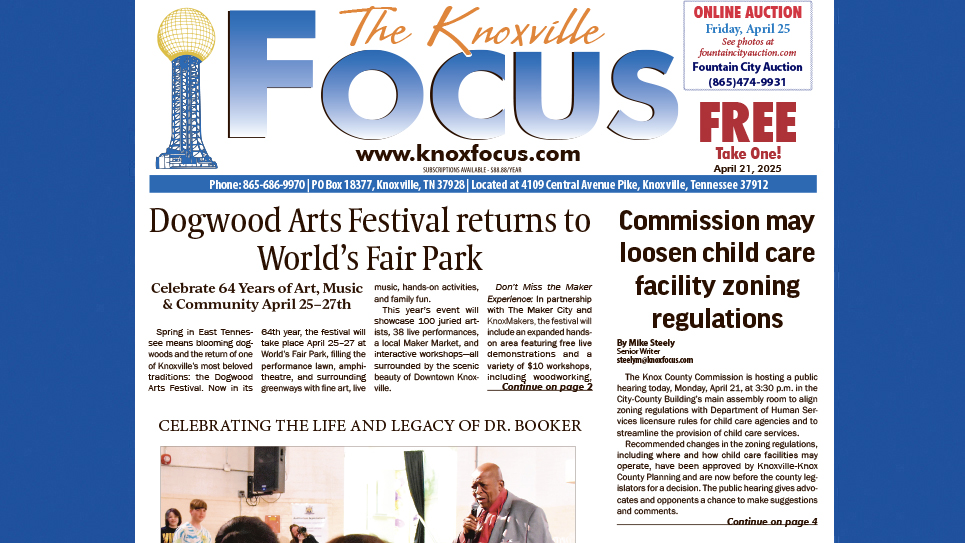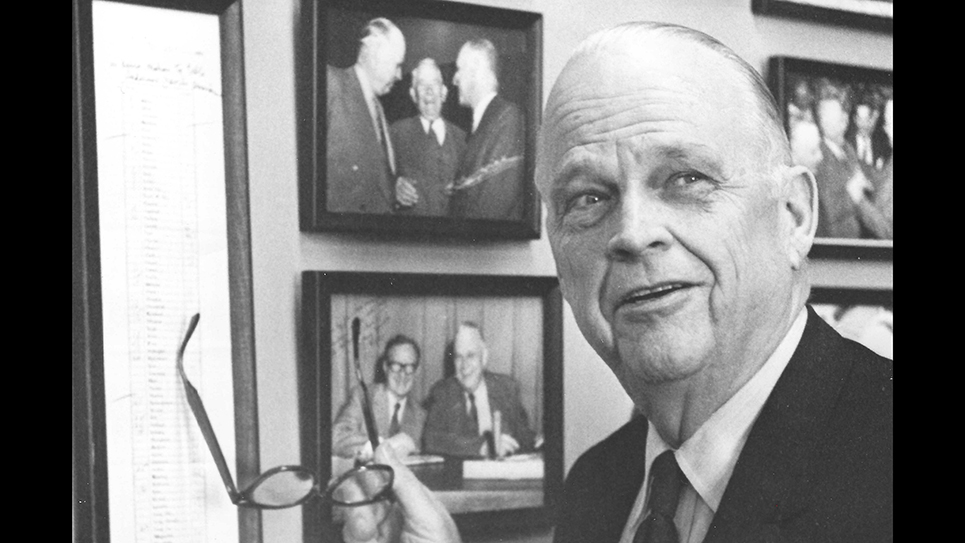Kentucky Statesman: Governor Simeon Willis
By Ray Hill
Even today, Democrats seem to have an easier time winning the governorship of Kentucky than either of the state’s seats in the United States Senate. Kentucky was primarily a Democratic state for many years and produced some formidable and notable leaders, not the least of which was Alben Barkley who served as Majority Leader of the United States Senate during much of President Franklin D. Roosevelt’s administration, as well as vice president under President Harry Truman. During a forty-year period, from 1927-1967, only one Republican managed to get himself elected as governor of Kentucky. That man was Simeon Willis.
Simeon Willis was an improbable candidate for governor of Kentucky. The Lexington Herald remembered the former governor as “a gentle soul, honest in all his dealings” and readily acknowledged Willis was “in many ways unsuited for the rough-and-tumble political role into which he was cast when he surprisingly was elected governor.”Yet the Herald confessed that despite some political shortcomings, “at the close of his administration nobody could truthfully say that he had not made a good governor and no scandal marked his term of office.”
Simeon Willis was a man of considerable personal charm and an exceptional jurist. Chief Justice James B. Milliken of Kentucky’s Court of Appeals recalled Willis as a man of unusual selflessness and integrity.”“He was more than honest,” Judge Milliken said, “he was honorable.”
Unlike many of his contemporaries, which included Alben Barkley and Albert B. “Happy” Chandler, Simeon Willis was a scholarly man with no real flair for oratory. Willis was unfailingly polite to people and was widely known as a fine gentleman. Yet Willis was all too human, and his greatest political mistake was likely calling for the repeal of the state income tax; once elected governor, found much to his embarrassment and chagrin, he could not repeal it as he had promised. A number of Kentuckians never forgot the promise made by candidate Willis and many did not forgive Governor Willis for his failure.
Simeon Willis was a man of notable ability, so much so that it was Governor Flem D. Sampson, a Democrat, who had placed the Republican Willis on the bench as a judge of the Court of Appeals. Governor Sampson had appointed Willis to fill his seat on Kentucky’s Court of Appeals after becoming the state’s chief executive. The fact Willis and Flem Sampson had run against one another for the Court of Appeals in 1916 makes the appointment all the more remarkable.
Like many of his fellow Republicans in Kentucky, Simeon Willis hailed from the mountainous regions of the Bluegrass State. Willis began modestly, being a schoolteacher in his native mountains, but the future governor was also ambitious and studied law between teaching classes. Willis supplemented his income by working as a reporter and editor for newspapers.
Eventually, Simeon Willis became a highly respected attorney and enjoyed a lucrative law practice, largely in the field of corporate law. Willis was a member of Kentucky’s State Bar Examiners for those hoping to begin the practice of law. Willis’ service on Kentucky’s Court of Appeals was widely recognized by fellow attorneys as having been excellent.
Simeon Willis was unopposed for the GOP nomination for governor in 1943 and doubtless few people expected he would win the election. 1942 had been the worst year of the Second World War for the Allied armies and navies and voters were restless. Republicans had made big gains in both houses of Congress during the 1942 elections. The Democrats had a fractious primary contest with the favorite being J. Lyter Donaldson, the choice of the state machine and Kentucky’s State Highway Commissioner in the administration of Governor Keen Johnson. From his perch on the State Highway Commission, Lyter Donaldson dispensed much of the patronage available to deserving Democrats, which made him both a powerful and popular figure inside the Democratic Party. That was enough to rocket J. Lyter Donaldson through the Democratic primary, which he won by quite nearly 20 points over several opponents.
Willis was a successful lawyer and former judge. White-haired and courtly, Simeon Willis certainly looked the part of a governor of a border state. Republicans poured considerable resources into the gubernatorial election in 1943 as Kentucky was something of a bell-weather state inasmuch as every gubernatorial election in the Bluegrass State since 1907 but one had been won by the political party that won the presidential election the following year.
Simeon Willis, by virtue of holding a seat of the Court of Appeals, a state office, was a highly credible candidate to contest for the governorship, although he had been defeated for reelection to the court during the 1932 Roosevelt landslide. Kentucky Republicans thought enough of Willis to court the former judge into becoming their party standard bearer in the 1943 election. Many candidates for public office have benefitted from not being incumbents or having been out of office for extended periods of time. Simeon Willis’ absence from politics was likely one of those instances that helped him more than hurt him. Lyter Donaldson, although he had won the Democratic nomination easily, had fought a bitter primary with several other prominent Democrats, including one who had the backing of A. B. “Happy” Chandler who was then serving in the U.S. Senate. J. Lyter Donaldson was deprived of being able to pick at Willis’s record in public office. While Lyter Donaldson enjoyed the strong support of Governor Keen Johnson in the general election, Senator Chandler’s lack of enthusiasm for the Donaldson candidacy was palpable. Some Democrats later complained Chandler had quietly backed Willis in the general election.
Willis waged a simple and straightforward campaign to become Kentucky’s chief executive. While Lyter Donaldson warned Kentuckians against changing the governorship from a Democrat administration to a Republican-run state during a war, Simeon Willis retorted he hoped to serve as governor so that those Kentuckians fighting the war could come home to a better state. Willis argued that it would be impossible if the Democratic machine continued to rule Kentucky.
Among the Republicans who came to Kentucky to campaign for Simeon Willis was Governor John W. Bricker of Ohio. Bricker was a very real possibility to become the GOP presidential nominee in 1944.John Bricker was familiar to many Kentuckians due to his being the chief executive of a neighboring state.
The election was as close as could be and Democrats were stunned when Simeon Willis won by just over 8,600 votes. John Bricker hailed Willis’s election as a repudiation of the New Deal. Unfortunately, Willis faced the unhappy prospect of a state legislature with Democratic majorities in both houses. Governor Willis had to negotiate with the Democratic leaders of the State Senate and the House of Representatives.
Like most states in the union, the wartime economy affected Kentucky’s budget. When Simeon Willis assumed office as governor, the State of Kentucky’s budget was $31 million; when he retired in 1947, the budget was $52 million. The war had caused inflation as well as scarcity of products and rationing, but jobs were plentiful and spending on defense was high.
Much of the increase in expenditures in Kentucky went to education. Under Simeon Willis’s administration, pay for teachers was almost doubled. Yet the school lobby in Kentucky ignored Governor Willis’ generosity and commitment to education when he refused to surrender surplus funds because he believed it would be needed by the incoming governor.
Another hallmark of the administration of Simeon Willis was the governor’s appointment of experienced businessmen in many key spots. Governor Willis then gave instructions he wanted them to run the state departments they headed just as they would their own businesses. Willis was also a vocal advocate for increasing Kentucky’s share of the tourism industry. Governor Willis developed a program of building state park lodges throughout Kentucky by issuing revenue bonds, which was implemented under his successor, Earle Clements. Willis also built five new sanitariums to treat patients suffering from tuberculosis, which was a highly serious disease at the time, killing thousands of people annually.
Willis as governor also demonstrated a special interest in the Black citizens of the Bluegrass State. The governor created a Commission on Negro Affairs, which was then the first of its kind “in state capitals below the Mason-Dixon Line.”Willis realized he had won the governorship in part with strong support from Black voters and never forgot it.
Governor Simeon Willis, much to the horror of Kentucky Democrats, had to appoint someone to serve in the United States Senate when Senator A. B. Chandler resigned to become Baseball Commissioner. Governor Willis appointed William A. Stanfill to fill the vacancy and served from November 19, 1945, until November 5, 1946, when his successor was elected. Senator Stanfill was succeeded by another Republican, John Sherman Cooper, who would go on to become one of Kentucky’s most popular and durable United States senators.
William Abner Stanfill had been chairman of Kentucky’s Republican Party throughout most of Simeon Willis’s time as governor. A successful lawyer, Senator Stanfill had a sister who lived in Knoxville, Tennessee. Stanfill was content to serve as a placeholder and was not a candidate in the 1946 election.
In 1951, Simeon Willis made his last campaign for public office, seeking a seat on the Court of Appeals, but lost to Bert Combs, who had been appointed to a vacancy on the court. Kentucky law permitted candidates for the Court of Appeals to run in both the Republican and Democratic primaries. Willis easily won the Republican primary but lost the Democratic nomination to Judge Combs. Combs was a youthful 40-year-old while the former governor was 73 and seeking a six-year term on the Court of Appeals.
Although Simeon Willis was never again elected to public office, he managed to serve in some capacity under every governor who succeeded him. Governor Earle C. Clements appointed Willis as a member of the commission charged with reviewing the state’s Constitution. Willis was reappointed to the same commission by Governor Lawrence W. Wetherby.When “Happy” Chandler made his comeback and was elected governor once again in 1955, he appointed Willis to the Kentucky Public Service Commission where Simeon Willis served a four-year term. Chandler’s lieutenant governor, Harry Lee Waterfield, asked Willis to serve on a panel to review the state’s judiciary. Governor Bert Combs appointed Willis to Kentucky’s parole board where the aging Willis continued to serve before resigning due to ill health at age 84.
Simeon Willis had always managed to keep cordial relations with members of both parties, a skill necessary for a Republican to possess at a time when the majority of Kentuckians were Democrats. As the Louisville Courier-Journal recalled in an editorial published at the time of Willis’ death, the former governor’s “disposition both judicial and pleasant, so conducted his office that his administration is remembered with bitterness on neither side.”
During the last two years of his life, Simeon Willis was ailing. The former governor was admitted to King’s Daughter’s Hospital in Frankfort for intestinal bleeding. The 85-year-old former governor also suffered from a serious heart condition. Three days after being admitted to the hospital, the body of Simeon Willis simply gave out and he died.
Rodney Whitlow from Gutherie, Kentucky, had served in the legislature while Simeon Willis had been governor. Whitlow wrote a letter to the editor of the Louisville Courier-Journal commending the editorial published by the newspaper when the former governor had died. After getting to know Willis, Whitlow joked, “Governor, why is it that every time I come to the legislature we have a Republican governor?”
“Mr. Whitlow,” Governor Willis replied, “you are just unusually fortunate.”
By any definition, Simeon Willis lived a life that was useful and filled with purpose.
© 2023 Ray Hill






